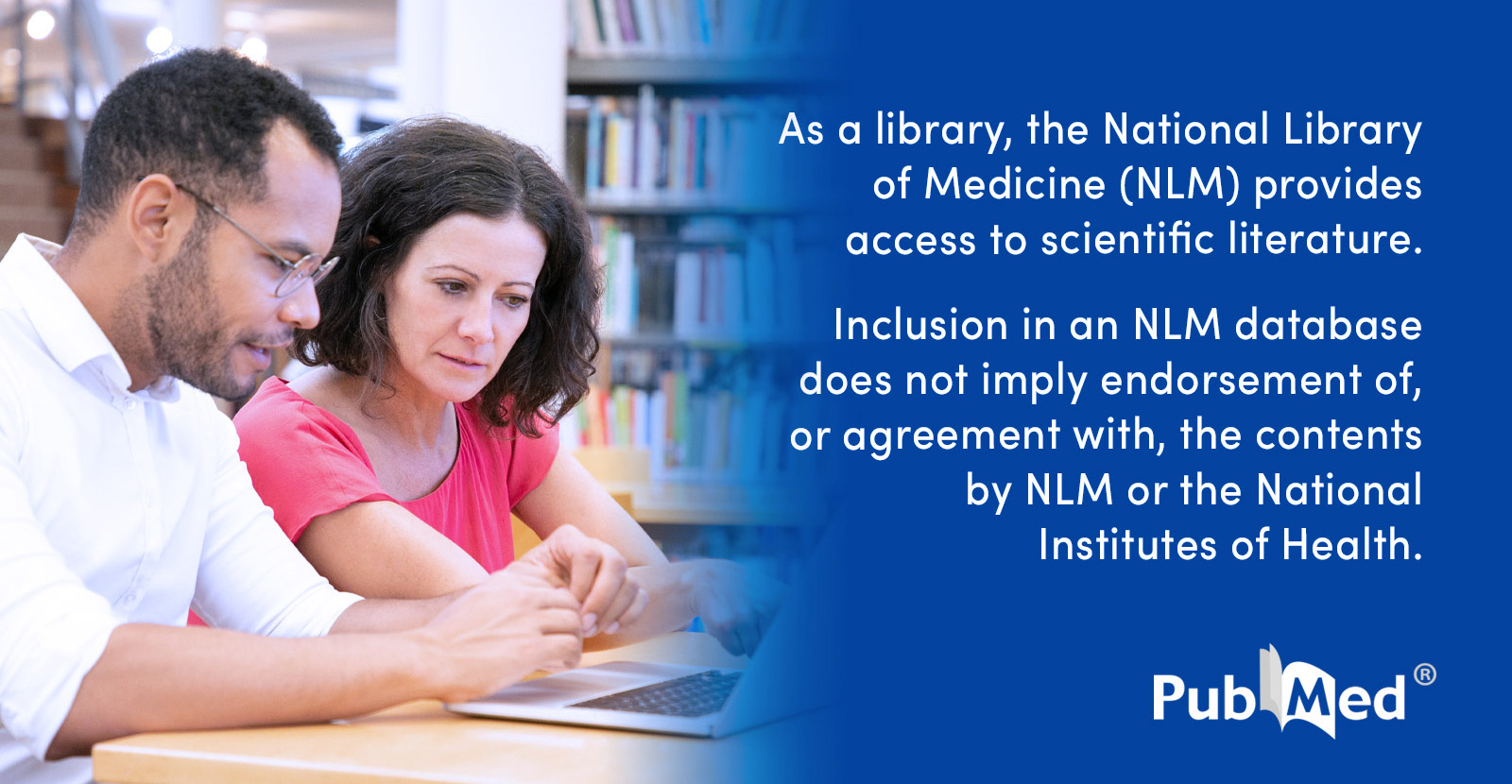Design, synthesis and in vitro biological evaluation of novel 4-methoxy-5-hydroxycanthin-6-one derivatives as potential anti-tumor agents.
Autor: Dai, Weiqiang; He, Jinfeng; Ye, Feng; Xu, Jian; Liu, Wenyuan; Feng, Feng; Qu, Wei
Publication year: 2020
Natural product research
issn:1478-6427 1478-6419
doi: 10.1080/14786419.2018.1536708
Abstract:
Canthin-6-one analogue, 4-methoxy-5-hydroxycanthin-6-one (CAN1) was isolated from Picrasma quassioides (D.Don) Benn., and a series of derivatives containing the CAN1 framework were designed, synthesized, and evaluated for anti-proliferative activity against two human cancer cell lines, HepG2 and HCT116. Among these compounds, the most representative compound d exhibited better anti-proliferative activities in vitro compared with the positive control Fluorouracil (5-FU), with IC(50) values of 5.05 μM (HepG2) and 6.65 μM (HCT116), respectively. Compound d triggered more significant HepG2 cell apoptosis than 5-FU did in a dose-dependent manner. Furthermore, western blot assay indicated that d could enhance the expression of p65 while promoting pro-apoptotic proteins and suppressing the anti-apoptotic proteins in a dose-dependent manner. All these results demonstrated that d might be a potential agent for cancer therapy deserving further exploring.
Language: eng
Rights:
Pmid: 30600699
Tags: Humans; Cell Line, Tumor; Structure-Activity Relationship; apoptosis; Cell Proliferation/drug effects; Drug Screening Assays, Antitumor; Apoptosis/drug effects; Hep G2 Cells; Antineoplastic Agents/*pharmacology; 4-methoxy-5-hydroxycanthin-6-one; anti-proliferative activity; Carbolines; Drug Design; Indole Alkaloids; Indoles/chemistry/*pharmacology; Naphthyridines/chemistry/*pharmacology; Picrasma quassioides; Picrasma/*chemistry; Transcription Factor RelA/drug effects; western blot
Link: https://pubmed.ncbi.nlm.nih.gov/30600699/








